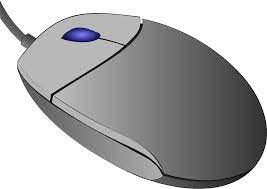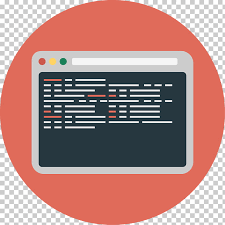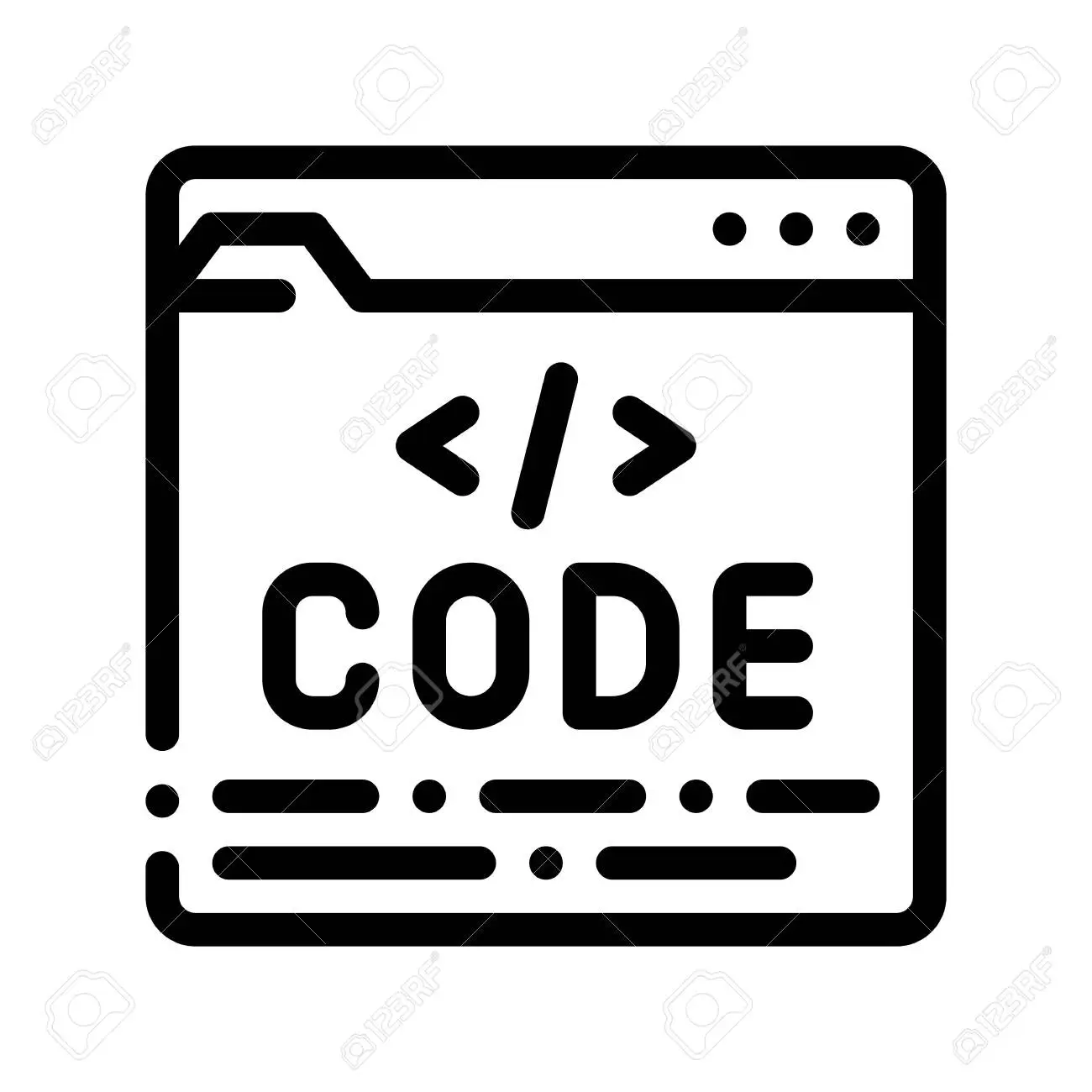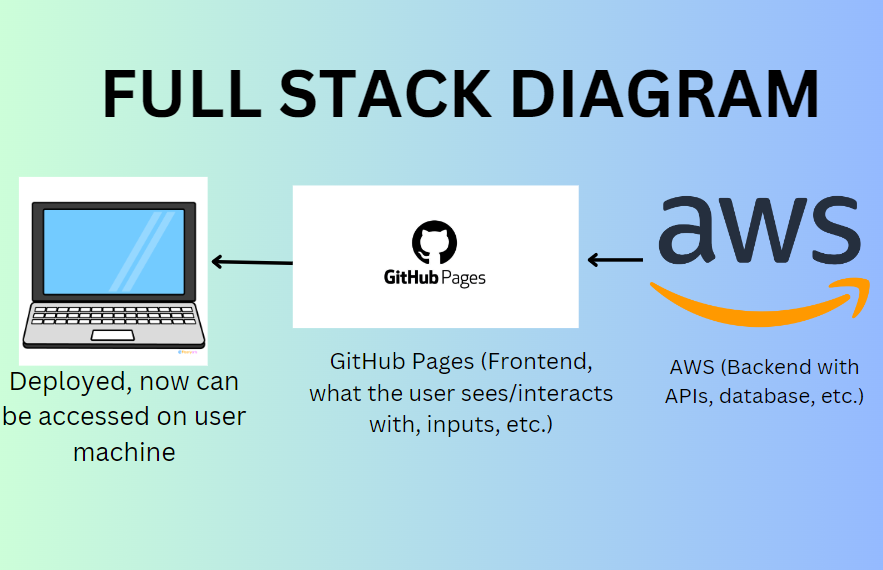Computers and Networks (Unit 4)
Add Definitions from Unit 4 Computer Systems and Networks
Requirements
Work through College Board Unit 4… blog, add definitions, and pictures. Be creative, for instance make a story of Computing and Networks that is related to your PBL experiences this year.
How a Computer Works
As we have learned, a computer needs aa program to do something smart. The sequence of a program initiates a series of actions with the computers Central Processing Unit (CPU). This component is essentially a binary machine focussing on program instructions provided. The CPU retrieives and stores the data it acts upon in Random Access Memory (RAM). Between the CPU, RAM, and Storage Devices a computer can work with many programs and large amounts of data.
List specification of your Computer, or Computers if working as Pair/Trio
- Processor GHz: 2.30 GHz
- Memory in GB: 16.0 GB
- Storage in GB: 474 GB
- OS: Windows 11
Define or describe usage of Computer using Computer Programs. Pictures are preferred over a lot of text. Use your experience.
- Input devices: Hardware components that allow users to interact with a computer and input data, such as a keyboard, mouse, or microphone.

- Output devices: Hardware components that display or output information from a computer, such as a monitor, printer, or speakers.

- Program File: A file that contains instructions and data for a computer program, typically saved on a hard drive or other storage device.

- Program Code: Instructions written in a programming language that a computer can interpret and execute to perform specific tasks.

- Processes: A series of tasks or instructions executed by a computer program that performs a specific function or set of functions.

- Ports: Physical interfaces on a computer that allow for data transfer between devices, such as USB or HDMI ports.

- Data File: A file that contains data, such as text, images, or audio, saved in a specific format that can be accessed and processed by a computer program.

- Inspect Running Code: Analyzing or examining the code of a running program in order to identify and diagnose errors or bugs.

- Inspect Variables: Examining and evaluating the values of variables in a computer program at a specific point in time in order to understand how the program is functioning.


The Internet
Watch/review College Board Daily Video for 4.1.1
- Essential Knowledge
- A computing device is a physical artifact that can run a program. Some examples include computers, tablets, servers, routers, and smart sensors.
- A computing system is a group of computing devices and programs working together for a common purpose.
- A computer network is a group of interconnected computing devices capable of sending or receiving data.
- A computer network is a type of computing system.
- A path between two computing devices on a computer network (a sender and a receiver) is a sequence of directly connected computing devices that begins at the sender and ends at the receiver.
- Routing is the process of finding a path from sender to receiver.
- The bandwidth of a computer network is the maximum amount of data that can be sent in a fixed amount of time.
- Bandwidth is usually measured in bits per second
- Complete Vocabulary Matching Activity. Incorporate this into your learnings from year. To analyze measure path and latency use
tracerouteandpingcommands from Linux Terminal.- Path
- Route
- Computer System
- Computer Device
- Bandwidth
- Computer Network
Watch/review College Board Daily Video 4.1.2
- Complete True of False Questions
Answers to the true or false questions below:
True False False True True False True
- Essential Knowledge
- The internet is a computer network consisting of interconnected networks that use standardized, open (nonproprierary) communication protocols.
- Access to the internet depends on the ability to connect a computing device to an internet connected device.
- A protocol is an agreed-upon set of rules that specify the behavior of a system.
- The protocols used in the internet are open, which allows users to easily connect additional computing devices to the internet.
- Routing on the internet is usually dynamic; it is not specified in advance
- The scalability of a system is the capacity for the system to change in size and scale to meet new demands.
- The internet was designed to be scalable
- Information is passed through the internet as a data stream. Data streams contain chunks of data, which are encapsulated in packets.
- Packets contain a chunk of data and metadata used for routing the packet between the origin and the destination on the internet, as well as for data reassembly.
- Packets may arrive at the destination in order, out of order, or not at all
- IP, TCP and UDP are common protocols used on the internet.
- The world wide web is a system of linked pages, programs, and files.
- HTTP is a protocol used by the world wide web
- The world wide web uses the internet
- Go over AP videos, vocabulary, and essential knowledge. Draw a diagram showing the internet and its many levels. A preferred diagram would using your knowledge of frontend, backend, deployment, etc. Picture would highligh vocabulary by illustration. The below illustration have some ideas


- Often we draw pictures of machines communicating over the Internet with arrows. However, the real communication goes through protocol layers and the machine and then is trasported of the network. For College Board and future Computer Knowledge you should become familiar with the following …
User Machine <---> Frontend Server <---> Backend Server
+-----------+ +-----------+ +-----------+
| Browser | | GH Page | | Flask |
+-----------+ ^ +-----------+ ^ +-----------+
| HTTP | | | HTTP | | | HTTP |
+-----------+ | +-----------+ | +-----------+
| TCP | | | TCP | | | TCP |
+-----------+ | +-----------+ | +-----------+
| IP | V | IP | V | IP |
+-----------+ +-----------+ +-----------+
| Network | <---> | Network | <---> | Network |
+-----------+ +-----------+ +-----------+
The “http” layer is an application layer protocol in the TCP/IP stack, used for communication between web browsers and web servers. It is the protocol used for transmitting data over the World Wide Web.
The “transport” layer (TCP) is responsible for providing reliable data transfer between applications running on different hosts. The TCP protocol segments the data into smaller chunks called “segments”. Each segment contains a sequence number that identifies its position in the original stream of data, as well as other control information such as source and destination port numbers, and checksums for error detection.
The “ip” layer is responsible for packetizing data received from the TCP layer of the protocol stack, and then encapsulating the data into IP packets. The IP packets are then sent to the lower layers of the protocol stack for transmission over the network.
The “network” layer is responsible for routing data packets between networks using the Internet Protocol (IP). This layer handles tasks such as packet addressing and routing, fragmentation and reassembly, and network congestion control.
Fault Tolerance
Watch both Daily videos for 4.2
- Complete the network activity, summarize your understanding of fault tolerance.
Fault tolerance is the ability of a system to continue operating properly in the event of the failure of one or more components, achieved through redundancy, error detection, and error correction techniques. This ensures that the system remains available, reliable, and functional even when unexpected failures occur, improving overall system resilience and minimizing the impact of faults on system performance.
Parallel and Distributed Computing
Review previous lecture on Parallel Computing and watch Daily vidoe 4.3. Think of ways to make something in you team project to utilize Cores more effectively. Here are some thoughts to add to your story of Computers and Networks…
- What is naturally Distributed in Frontend/Backend archeticture?
In a distributed frontend/backend architecture, the frontend is split into multiple, independent components that can be developed and deployed separately. This allows for faster development, easier maintenance, and greater scalability.
- Analyze this command in Docker:
ENV GUNICORN_CMD_ARGS="--workers=1 --bind=0.0.0.0:8086". Determine if there is options are options in this command for parallel computing within the server that runs python/gunicorn. Here is an article
Last week we discussed parallel computing on local machine. There are many options. Here is something to get parallel computing work with a tool called Ray.
- Review this article… Can you get parallel code on images to work more effectively? I have not tried Ray.
Yes, there are several ways to get parallel code on images to work more effectively. One way is to divide the image into smaller blocks and process each block in parallel. Another way is to use a specialized parallel image processing library. Finally, you can also use a distributed computing platform to run your code on multiple machines.
- Code example from ChatGPT using squares. This might be more interesting if nums we generated to be a lot bigger.
import ray
# define a simple function that takes a number and returns its square
def square(x):
return x * x
# initialize Ray
ray.init()
# create a remote function that squares a list of numbers in parallel
@ray.remote
def square_list(nums):
return [square(num) for num in nums]
# define a list of numbers to square
nums = [1, 2, 3, 4, 5]
# split the list into two parts
split_idx = len(nums) // 2
part1, part2 = nums[:split_idx], nums[split_idx:]
# call the remote function in parallel on the two parts
part1_result = square_list.remote(part1)
part2_result = square_list.remote(part2)
# get the results and combine them
result = ray.get(part1_result) + ray.get(part2_result)
# print the result
print(result)